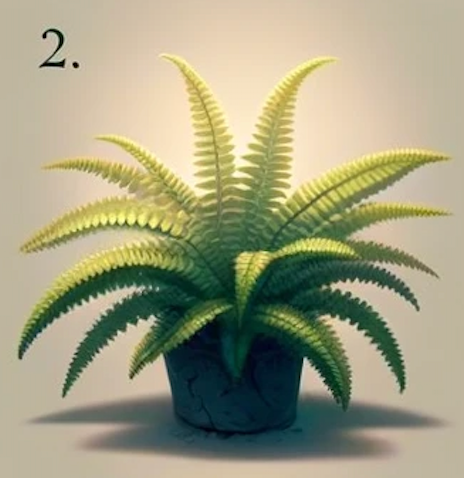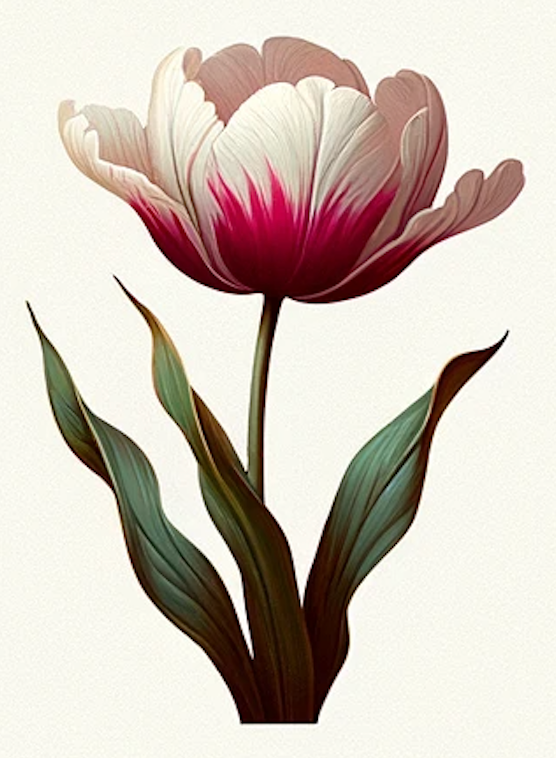10 personality disorders classified under the three clusters in the DSM-5, including their presentation and symptoms, prevalence, and treatment plans. Here's a breakdown for each:
Cluster A - Odd, Eccentric Disorders
Paranoid Personality Disorder

Presentation & Symptoms: Suspicion, mistrust of others, hypersensitivity, reluctance to confide in others.
Prevalence: 2.3-4.4% of the general population.
Treatment: Psychotherapy is the primary treatment; medications may be used to treat specific symptoms like anxiety.
Paranoid Personality Disorder: A cactus, representing guardedness and self-protection with its spiky exterior.
Schizoid Personality Disorder
Presentation & Symptoms: Lack of interest in social relationships, emotional coldness, and detachment.

Prevalence: Less than 1% in the general population.
Treatment: Focuses on increasing social skills and relationships
through therapy; medication may help with co-occurring conditions.
Schizoid Personality Disorder: A fern in a shaded area, symbolizing a preference for solitude and being away from the sunlight.
Schizotypal Personality Disorder
Presentation & Symptoms: Eccentric behavior, peculiar beliefs, and discomfort in close relationships.

Prevalence: About 3% in the general population.
Treatment: Psychotherapy, particularly cognitive-behavioral therapy (CBT); medications for co-occurring symptoms.
Schizotypal Personality Disorder: A Venus flytrap, indicative of eccentric and unusual perceptions with its unique and striking appearance.
Cluster B - Dramatic, Emotional, Erratic Disorders
Antisocial Personality Disorder
Presentation & Symptoms: Disregard for others, deceitfulness, impulsivity, irritability, and aggressiveness.

Prevalence: 0.2-3.3% of the general population; more common in men.
Treatment: Psychotherapy (though challenging due to lack of remorse or empathy); medications for specific symptoms like aggression.
Antisocial Personality Disorder: A creeping vine, representing potential overreaching or intrusion, as it spreads aggressively.
Borderline Personality Disorder

Presentation & Symptoms: Instability in relationships, self-image, and emotions; impulsiveness; fear of abandonment.
Prevalence: 1.6% of adults; more common in women.
Treatment: Dialectical behavior therapy (DBT), CBT; medications can manage mood swings or depression.
Borderline Personality Disorder: A rose with both beautiful petals and sharp thorns, symbolizing the intense and often contradictory emotions.
Histrionic Personality Disorder
Presentation & Symptoms: Attention-seeking behavior, emotional overreaction, and

suggestibility.
Prevalence: 1.8% in the general population; more frequent in women.
Treatment: Psychotherapy, focusing on understanding motivations and changing behavior patterns.
Histrionic Personality Disorder: A brightly colored, showy flower like a peony, representing the desire for attention and drama.
Narcissistic Personality Disorder
Presentation & Symptoms: Grandiosity, need for admiration, lack of empathy.

Prevalence: Up to 5% in the general population, more common in men.
Treatment: Psychotherapy, particularly CBT; no specific medications for NPD itself.
Narcissistic Personality Disorder: A regal, tall-standing tulip, indicative of grandiosity and self-focus.
Cluster C - Anxious, Fearful Disorders
Avoidant Personality Disorder
Presentation & Symptoms: Social inhibition, feelings of inadequacy, hypersensitivity to negative evaluation.
Prevalence: Around 2.4% of the population.
Treatment: Psychotherapy, especially CBT; medications for co-occurring disorders like anxiety or depression.
Avoidant Personality Disorder: A delicate violet, tucked away and partially hidden, symbolizing shyness and sensitivity to criticism.
Dependent Personality Disorder
Presentation & Symptoms: Excessive need to be taken care of, clinging behavior, fear of separation.
Prevalence: 0.5% of the general population.
Treatment: Psychotherapy, focusing on developing independence and confidence.
Dependent Personality Disorder: Ivy, which clings to and relies on structures for support, representing dependency.
Obsessive-Compulsive Personality Disorder
(Not to be confused with Obsessive-Compulsive Disorder)

Presentation & Symptoms: Preoccupation with orderliness, perfectionism, control, lack of flexibility.
Prevalence: 2.1-7.9% of the population; more common in men.
Treatment: Psychotherapy, particularly CBT; SSRIs may help reduce some compulsive behaviors and anxiety.
Obsessive-Compulsive Personality Disorder: A neatly pruned and meticulously cared-for bonsai, symbolizing a preoccupation with orderliness and control.
General Considerations
Comorbidities: Many individuals with personality disorders may have co-occurring mental health conditions that also need treatment.
Long-term Therapy: These conditions often require long-term therapy and consistent support.
Individual Differences: Treatment plans should be individualized as symptoms and their severity can vary greatly.
Note: The prevalence rates can vary based on different studies and populations. The information provided is a general guideline and should be supplemented with up-to-date research and clinical guidelines.
Images
Each of these plants contributes to the overall beauty and complexity of the garden, just as each personality disorder is a part of the human psychological landscape. Let's create this image.

Comments